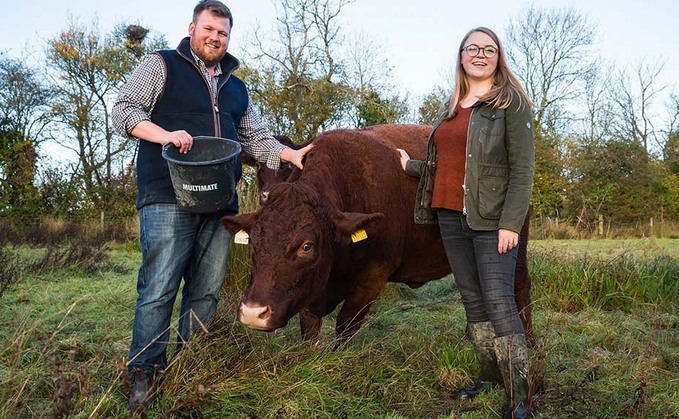
The leaves are turning and we have had 120mm of rain in the last week or so and we keep on finding mice in the cottage. Autumn is definitely here. We love autumn and it's a lovely time of year for the...

The leaves are turning and we have had 120mm of rain in the last week or so and we keep on finding mice in the cottage. Autumn is definitely here. We love autumn and it's a lovely time of year for the...
Outdoor Beef Finishing Coral System, available
In a bid to help the nation use rations properly and be creative with what food people had, the BBC broadcast recipes to the country
Set up first in World War I, the 'war ag committees' held power of rural communities, but why were they established?
Thousands of Land Girls took to the fields of Britain in World War II to help feed the nation, but one Land Girl, Amelia King, faced prejudice and backlash due to the colour of her skin. Emily Ashworth finds out more